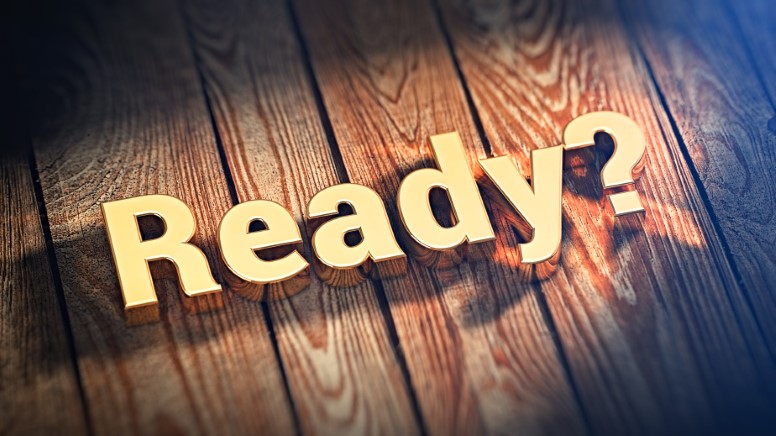What Does it Mean to Shelter in Place?

Originally published at PeakPropserity.com
By Brandon Garrett
As you work on you emergency preparedness it is important to understand the new vocabulary. Terms that you hear quite a bit are “Shelter in Place” and “Grab and Go." It is important to make sure you have emergency supplies that allow you to do both.
Depending on the disaster and depending on the circumstances surrounding the disaster you may need to “Shelter in Place” or you may need to evacuate or “Grab and Go."
The term "sheltering in place" became very popular following 9/11. There was a lot of talk at that time regarding the possibility of a chemical or biological terrorist attack that would make it necessary for you to stay put, usually in your home. It's similar to when families hunker down in preparation for a hurricane or approaching storm.
The basic premise of sheltering in place is that if it is unsafe to leave your residence you will need to stay put and find everything you need to survive where you are. Hopefully, you will shelter in place at your home, but it might be that you have to shelter in place at your place of work, at school or at some other location.
Following a disaster, if it is safe to stay in your home, that is ideal. Whether you know it or not, you will have many emergency supplies at your disposal that will help you survive. The most important part of staying in your home is that it provides excellent shelter to keep you out of the elements. With a little bit of planning and preparation, you can build up your shelter-in-place supplies that will allow you to survive after a disaster.
You will want to have supplies for at least the first 72 hours. It's recommended that you have a shelter in place kit for at least two weeks or longer if you can afford it. Here are some items to have in your “Shelter in Place” supplies:
Water
• Store water in barrels or 5 gallon containers. Make sure you use a Water Preserver to extend the storage life of the water.
• Water filter. Having either a micro water filter or a more robust system will allow you to clean suspect water that you will get at your residence.
Food
• Use the food that will spoil first, then use the supplies in your pantry.
• Have long term food storage, such as freeze-dried food along with enough water to reconstitute.
• Store a wide variety of food in case you need to shelter in place for a long period of time.
Fuel & Generators
• You may have to shelter in place without any electricity or heat. Make sure you have a portable stove that will allow you to cook your food.
• Storing some wood at your house to make a fire if needed is a good idea. Make sure you have water proof matches, a lighter and a flint & steel.
• If you are able, purchasing a generator for your house is an extremely valuable item. Make sure you have some fuel set aside to run the generator.
Warmth
• Store warm blankets with your shelter in place supplies. You may not have heat and it will be critical to stay warm.
Light & Communication
• You should have a quality battery-powered and hand crank multi-band radio to get information from local and national sources.
• For light, make sure you have a combination of flashlights, light sticks, lanterns and candles and all necessary batteries.
• Two battery powered 2-way radios are very helpful to stay in contact with loved ones or neighbors.
First-aid & Hygiene
• A shelter in place first-aid kit should be much more comprehensive than your grab-n-go first-aid kit. Make sure you stock common medications that you and your loved ones will need.
• Have a personal hygiene kit in your shelter in place supplies. You may want to consider a portable potty as well, in case the plumbing is disrupted.
• Stock N95 masks to protect against airborne pathogens.
Daily Items
• Make sure you take care of the most vulnerable ones in your group first. Small children and older people are often overlooked in emergency supplies.
• If necessary, stock baby food and diapers for babies.
• Have a supply of simple but warm clothing for everyone in the family. Make sure the clothing is easy to layer.
• Have some games or other distractions to help keep people occupied and improve moral.
• Have some paper goods, like paper plates, cups, napkins, spoons, forks, etc. that can be used for eating.
Tools
• You may want to have items like a crowbar, small axe, folding shovel, rope, duct tape, plastic sheeting and gas shut off wrench.
Brandon Garrett is a preparedness consultant and team member of The Ready Store. He writes informative articles and information for the ReadyBlog, the Ready Store's blog and educational section pertaining to topics of the economy, resiliency, and preparedness issues.